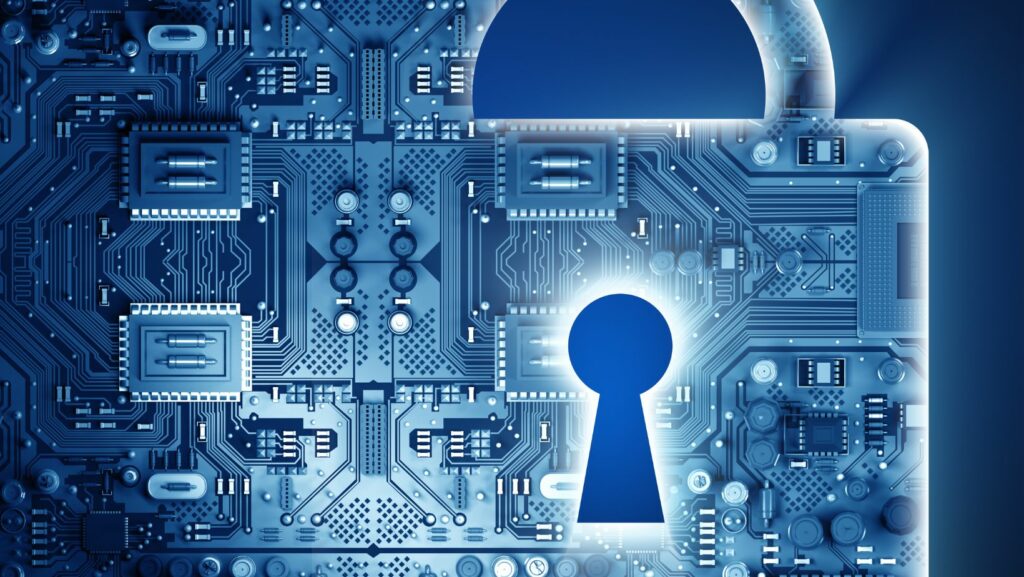
Cyber threats continue to evolve rapidly, making cybersecurity a top priority for businesses, governments, and individuals alike. In 2025, the role of the Security Operations Centre (SOC) has become more crucial than ever in defending against sophisticated cyberattacks. As organisations face increasingly complex threats, SOCs act as the frontline defence, monitoring, detecting, and responding to security incidents in real-time. This article explores the growing importance of SOCs, the latest trends in cybersecurity, and why every modern organisation needs a well-equipped SOC.
The Growing Cyber Threat Landscape
Cyberattacks have become more frequent, costly, and damaging. In 2025, threats such as ransomware, supply chain attacks, and AI-driven cybercrime have intensified. Hackers are using advanced technologies to bypass traditional security measures, making it essential for businesses to adopt proactive security strategies. SOCs provide 24/7 monitoring and rapid response to these threats, minimising damage and ensuring business continuity.
The Role of SOCs in Modern Cybersecurity
A Security Operations Centre is a centralised unit that continuously monitors an organisation’s IT infrastructure. Its primary functions include:

- Threat Detection: SOCs use advanced analytics, threat intelligence, and AI-powered monitoring to detect anomalies and potential security breaches.
- Incident Response: When an attack occurs, SOC teams investigate, contain, and mitigate the impact, preventing further damage.
- Compliance and Reporting: SOCs ensure businesses comply with regulatory requirements by maintaining detailed security logs and reports.
- Vulnerability Management: By continuously assessing security weaknesses, SOCs help organisations strengthen their defences before cybercriminals exploit them.
AI and Automation in SOCs
In 2025, AI and automation play a critical role in enhancing SOC capabilities. Machine learning algorithms can identify patterns of malicious activity, predict potential threats, and automate responses to low-level security incidents. This reduces the workload on security analysts and allows them to focus on complex threats. AI-driven SOCs improve efficiency, reduce false positives, and provide faster threat detection and response.
The Rise of Cloud-Based SOCs
As organisations shift to cloud environments, traditional security measures are no longer sufficient. Cloud-based SOCs provide scalable and flexible security solutions that can protect distributed IT infrastructures.

These SOCs leverage cloud-native security tools and AI-driven analytics to provide real-time visibility across multiple environments, ensuring consistent security regardless of location.
Why Every Business Needs a SOC in 2025
Regardless of size or industry, every organisation faces cyber threats. A SOC provides:
- 24/7 Monitoring: Continuous threat detection ensures quick identification of potential attacks.
- Minimised Downtime: Rapid incident response reduces disruptions and financial losses.
- Regulatory Compliance: Businesses avoid hefty fines by adhering to data protection laws.
- Improved Customer Trust: Strong security measures enhance brand reputation and customer confidence.
Conclusion
In 2025, cybersecurity threats are more sophisticated than ever, making Security Operations Centres an essential component of any organisation’s defence strategy. With the rise of AI, automation, and cloud-based security, SOCs provide the advanced capabilities needed to protect against evolving cyber threats. Investing in a SOC is no longer optional—it is a necessity for safeguarding data, ensuring compliance, and maintaining business resilience in an increasingly digital world.






